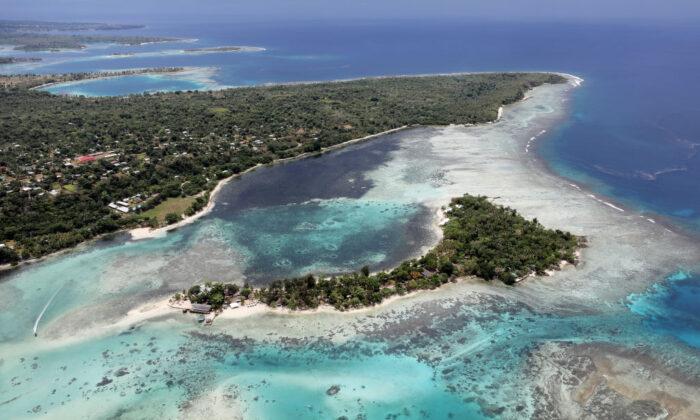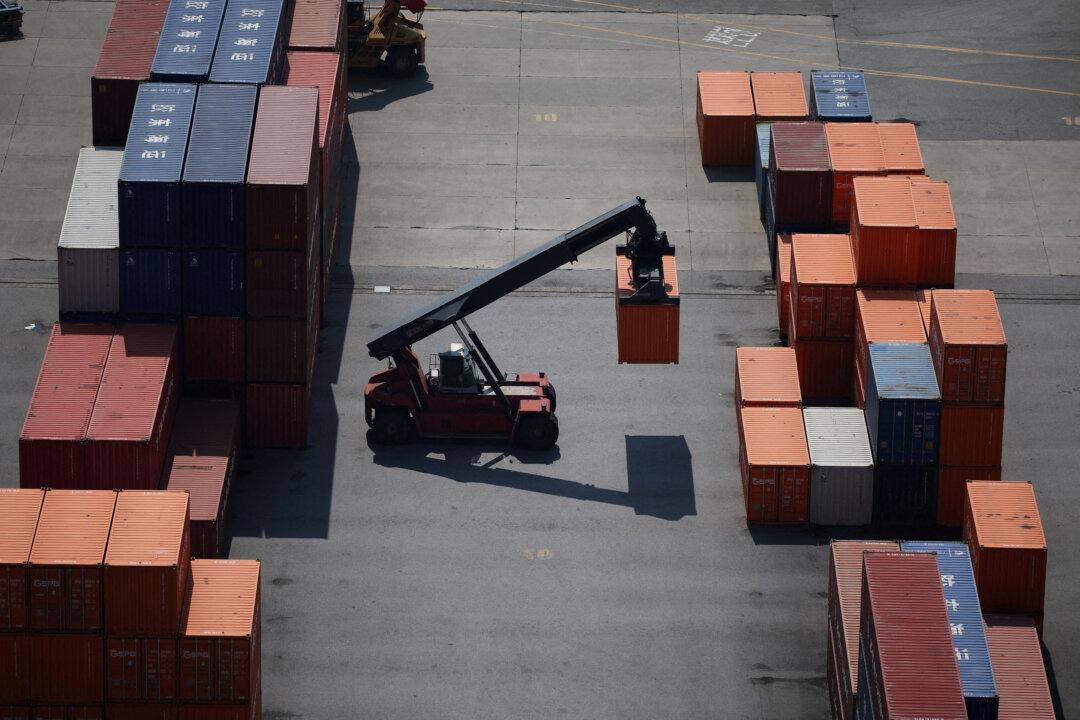The World Bank predicts that Pacific economies will grow this year amid the reopening of international borders, but inflationary pressures and debt remain key concerns for the region, according to its report.
All Pacific economies are expected to grow through 2023, with certain countries expecting a larger economic rebound. Palau will see 18 percent growth due to its resurgent tourism sector, while the Solomon Islands will recover more slowly at 2.3 percent.
“After being severely hit by COVID-19, and tepid signs of recovery in 2022, economies across the Pacific can expect growth in 2023, but for many people, it will not feel like a return to pre-COVID-19 times,” David Gould, the World Bank’s lead economist for the Pacific, said in the news release.
“After three years of economic contraction in Fiji, for example, growth in 2022 is estimated to have climbed to 15 percent, yet output is expected to remain below 2019 levels until 2024,” he added.
Gould said that Pacific island nations are not immune to the economic impacts of the Russia–Ukraine war, which has been raging since February 2022, as they begin their post-pandemic recovery this year.
Inflation Rates to Peak
The World Bank forecasts that inflationary pressures will peak in the first half of 2023, with consumer prices projected to fall in Pacific island nations except Samoa, where inflation may rise to 12 percent.Tonga and Palau are expected to see higher inflation rates of 8.9 and 8.1 percent, respectively, while Fiji and the Republic of Marshall Islands (RMI) will see lower inflation rates of about 2 to 3 percent, according to its report.
At the end of 2021, the ratio of public debt to GDP in five Pacific island nations—Tuvalu, RMI, Federated States of Micronesia, Kiribati, and the Solomon Islands—was less than 25 percent, whereas four other Pacific island nations have debt levels lower than 50 percent of GDP.
Debt levels in Palau and Fiji were higher than 70 percent of their GDP, driven by large recessions and underlying deficits, it stated.
The World Bank urged Pacific island nations to minimize debt and fiscal vulnerabilities. Gould said that COVID-mitigation measures led Pacific governments to expand spending.
“To reduce the likelihood of falling into a problematic debt situation, Pacific governments should now consider ways to sensibly reduce costs and begin to responsibly unwind pandemic-era support,” he added.
Australia Ramps Up Pacific Aid
Australia announced on Feb. 23 a $620 million health investment package to aid in the development of more resilient and equitable health systems across the Pacific and Southeast Asia over the next five years.Australia has been working to strengthen its presence in the Pacific as China’s influence increases.
Beijing’s links to the region continue to trouble policymakers in Australia and the United States, with leaders stepping up diplomatic efforts to try to curb Beijing’s influence, including extensive aid donations, deployment of the U.S. Peace Corps, and building infrastructure.
In April last year, Beijing and the Solomon Islands signed a security deal that would effectively allow the Chinese People’s Liberation Army to station troops, weapons, and naval ships in the region.
On the whole, Pacific nations are divided in how they approach relations with Beijing.
“There’s a lot of Chinese investment in Palau. I think they’re the number one foreign investor now. This changes the political dynamic,” Palau President Surangel Whipps Jr. told ABC Radio on Dec. 13, 2022.
“There’s been pressure on us to switch to China [from Taiwan] and Palau has been strong and saying that we are enemies to none and friends to all, and no one should tell us who our friends should be,” Whipps added.
Palau is one of four Pacific nations to retain diplomatic ties with Taiwan.





